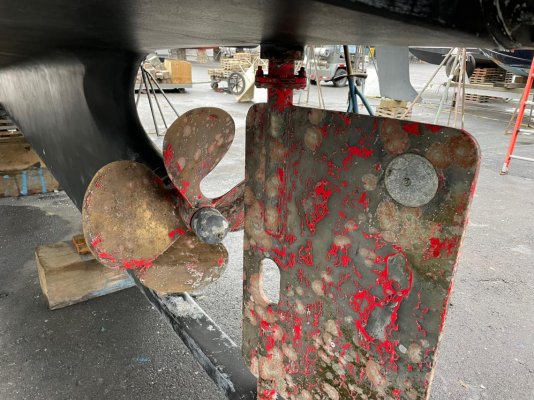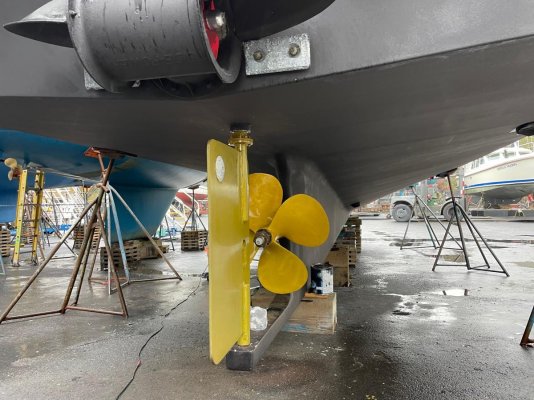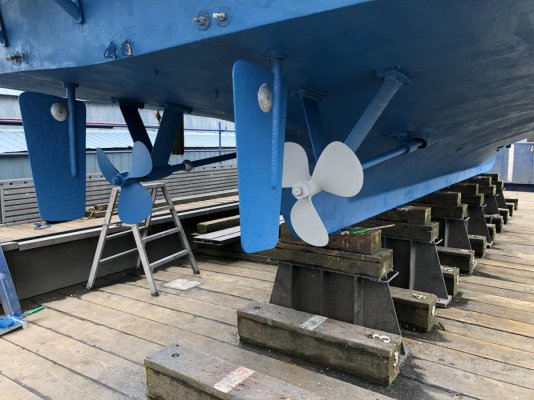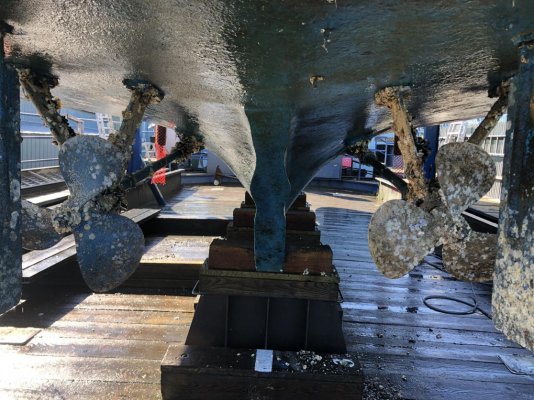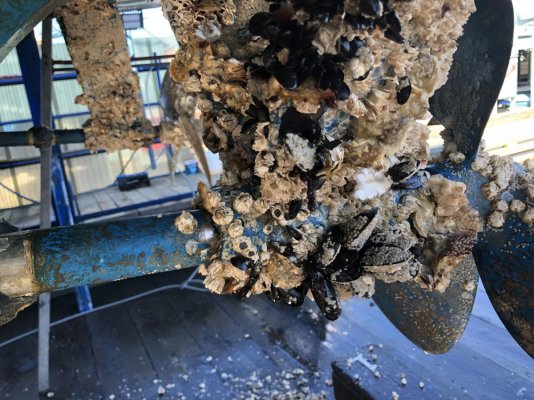woodlord
Veteran Member
- Joined
- Oct 19, 2017
- Messages
- 37
- Location
- USA
- Vessel Name
- C’YA
- Vessel Make
- North Pacific 43 Pilot House 09
Zinc galvanizing compound spray paint
You can get it from Home Depot spray paint area $7 a can it last 3 years on my NP43 no special procedure to apply I live in PNW Cold Zinc galvanizing compound
Gray in color I use 2 can my single prop and shaft easy to use
You can get it from Home Depot spray paint area $7 a can it last 3 years on my NP43 no special procedure to apply I live in PNW Cold Zinc galvanizing compound
Gray in color I use 2 can my single prop and shaft easy to use

